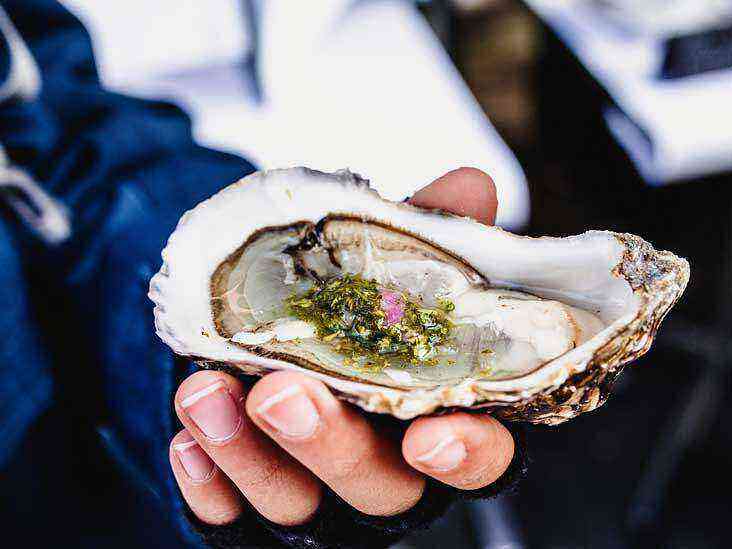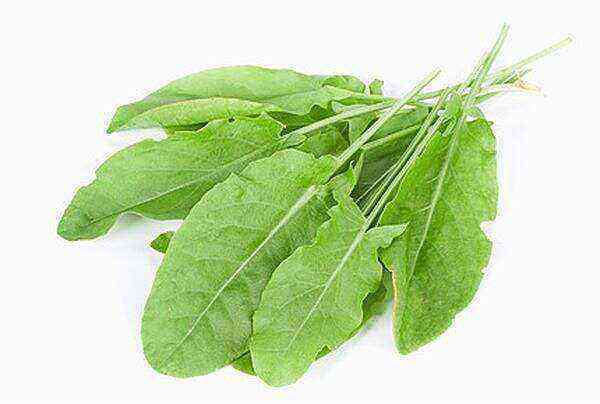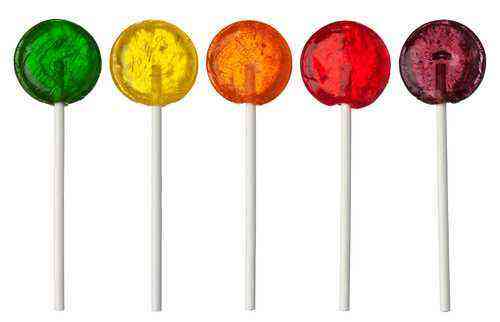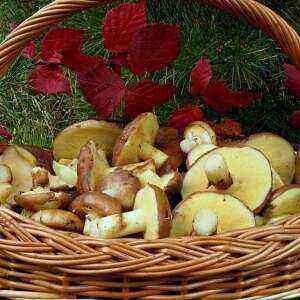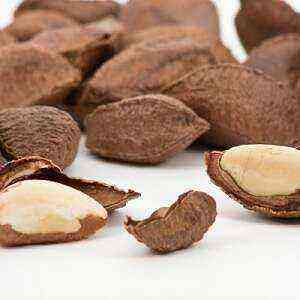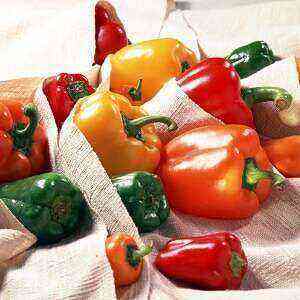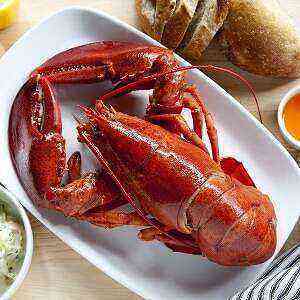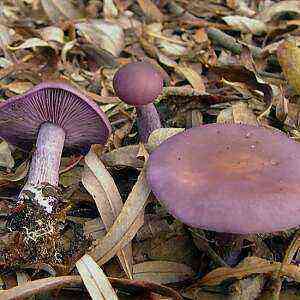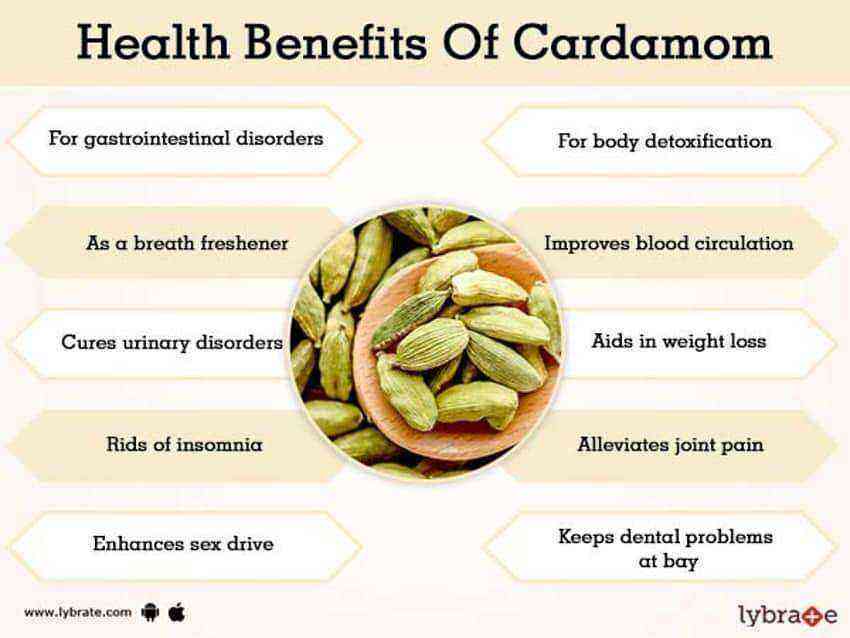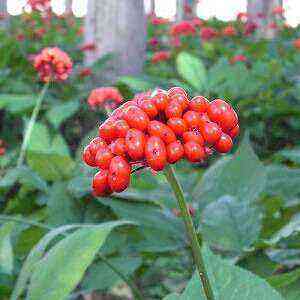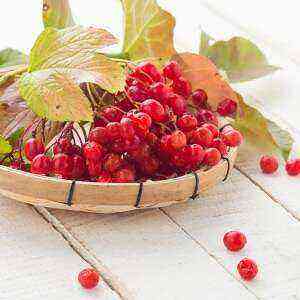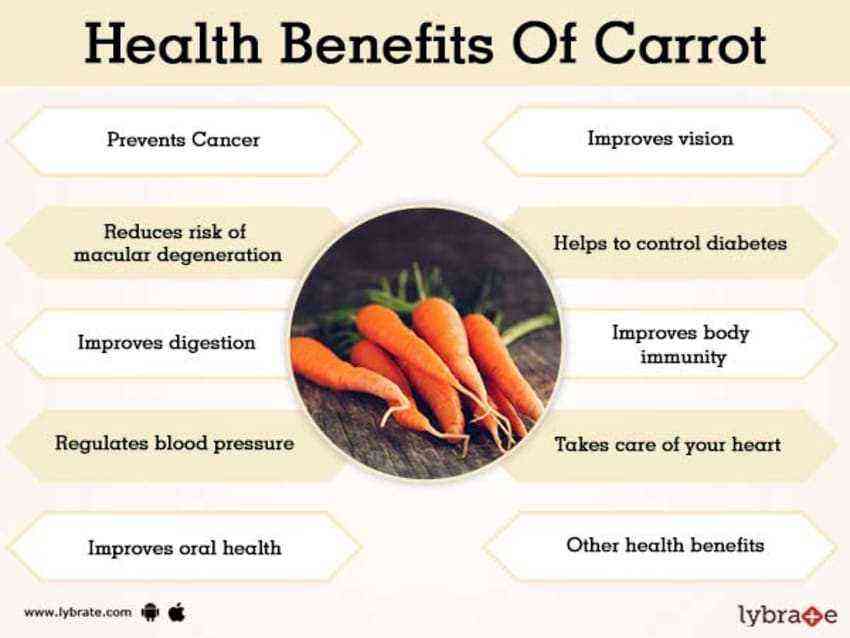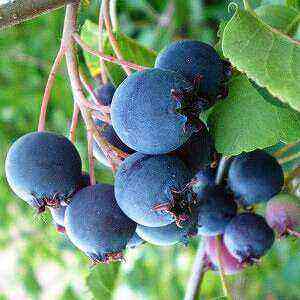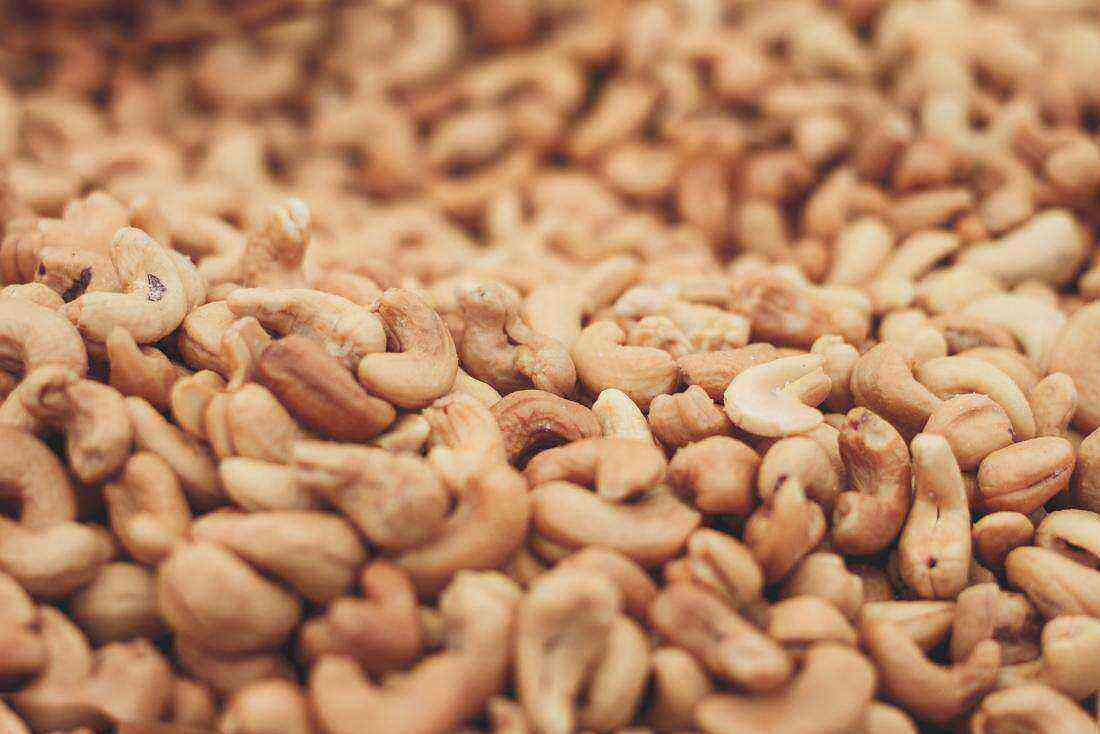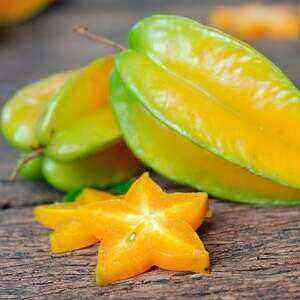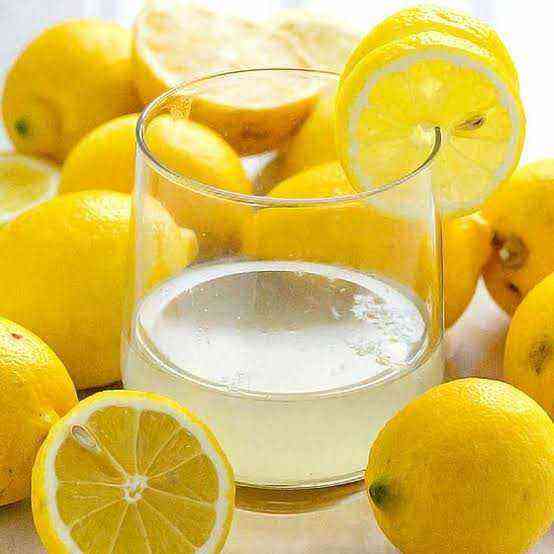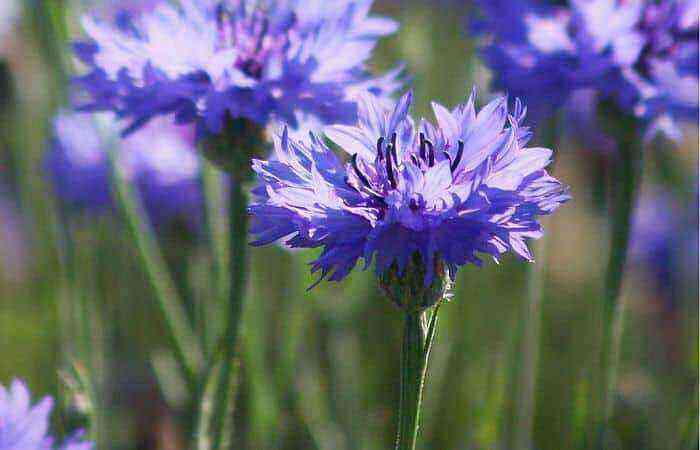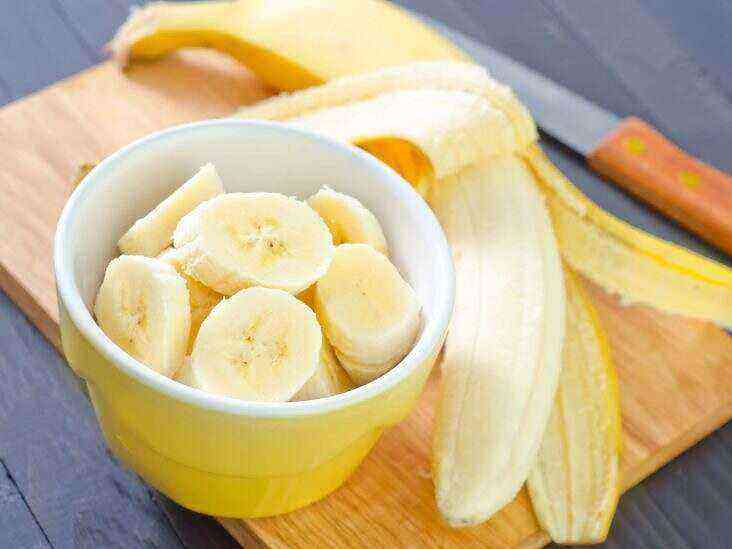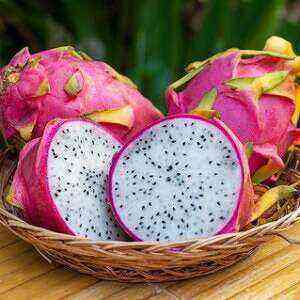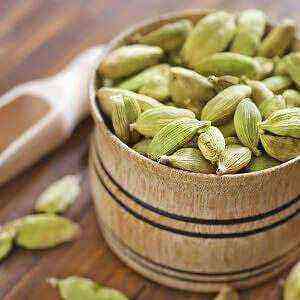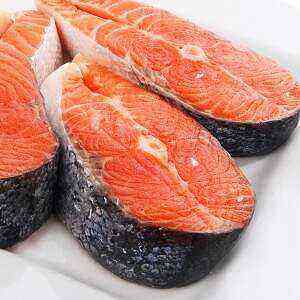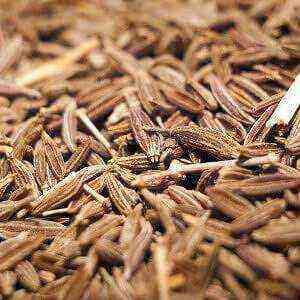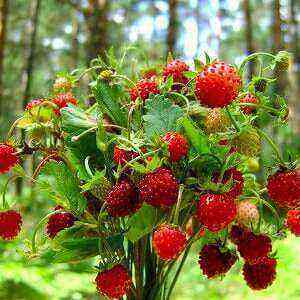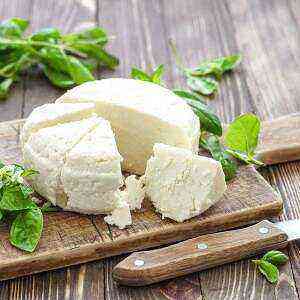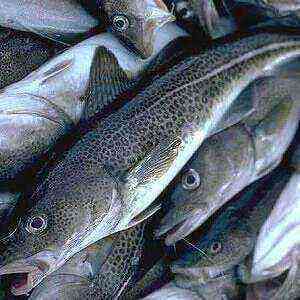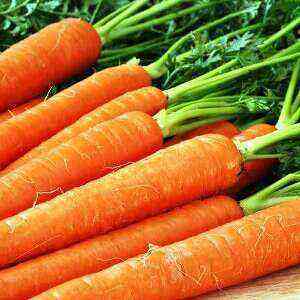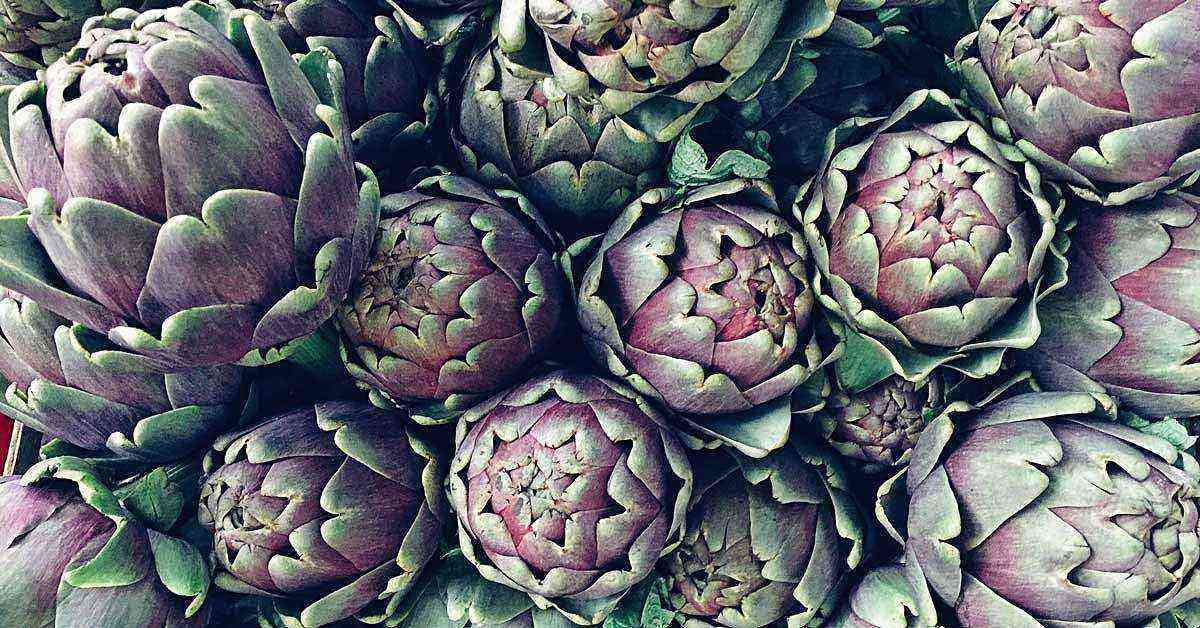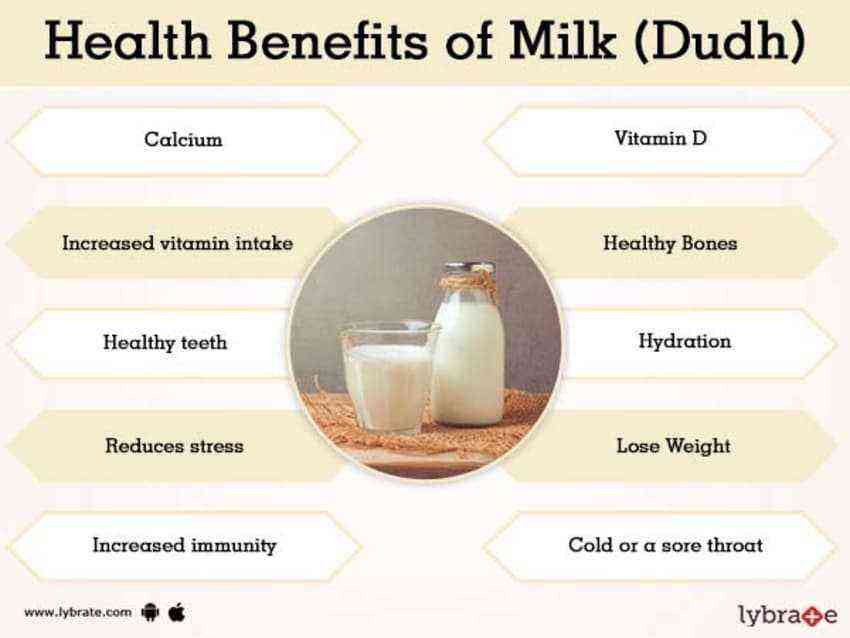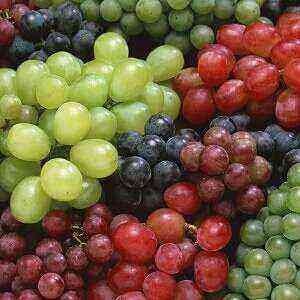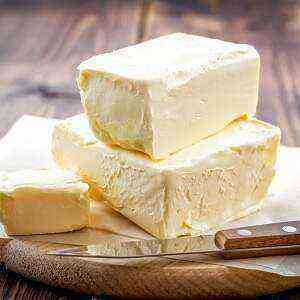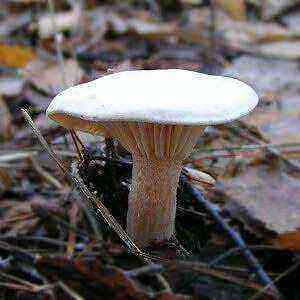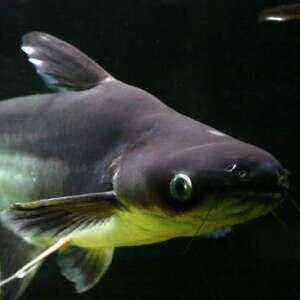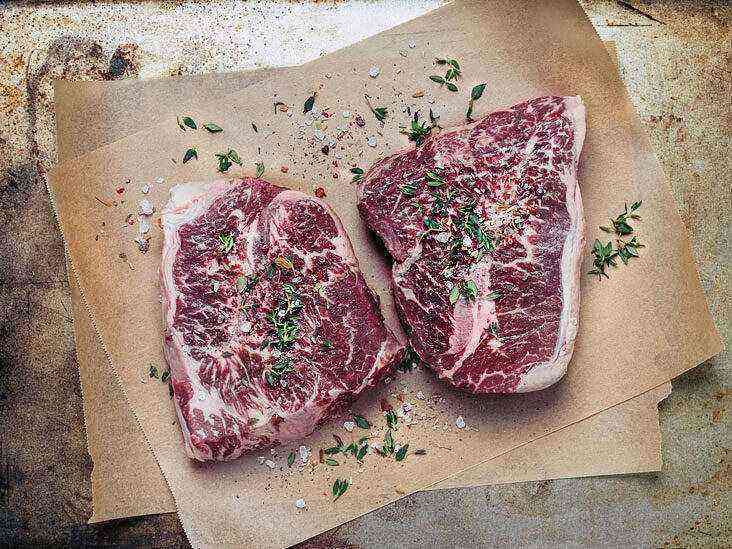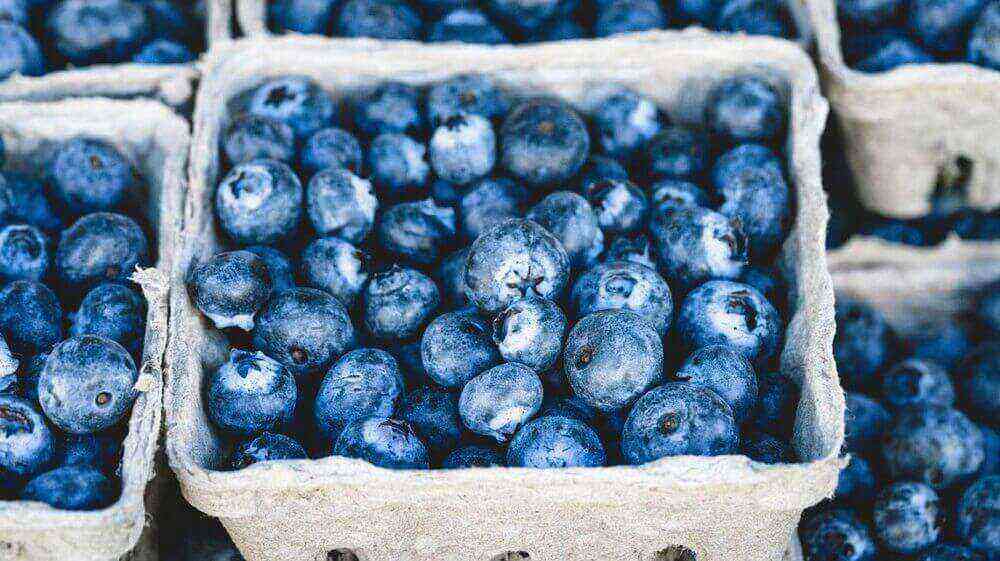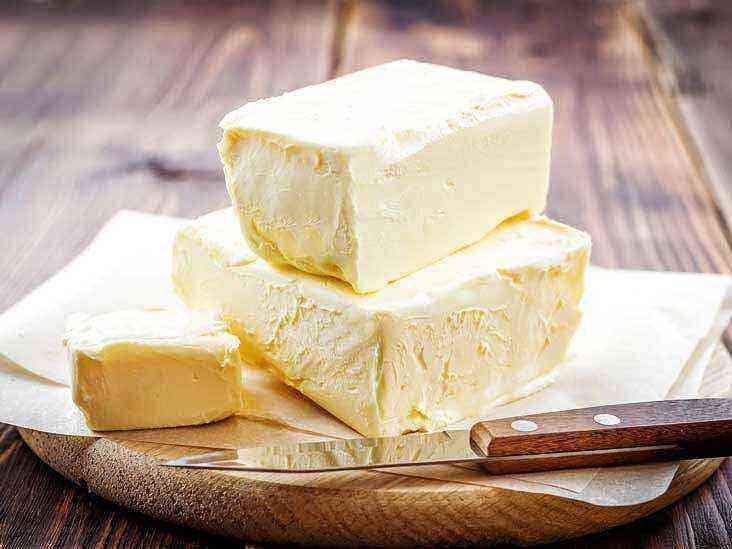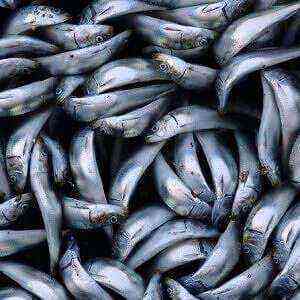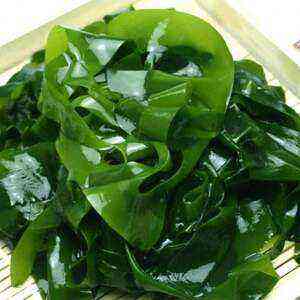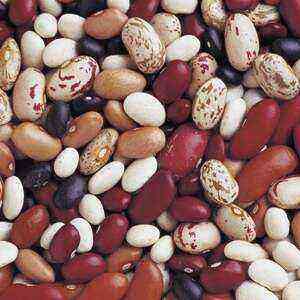
Homeland beans – India, Central and South America. In Great Britain, it is consumed mainly in the fried form, in China and Korea – they are ground into flour, on the basis of which they make candies and pies, in Greece – they cook the soup. Japanese perfumers make powder and shampoos from it.
Haricot – analogue of meat of plant origin. It has a diuretic, cleansing action, strengthens bone tissue and provides oxygen to the cells.
Let us consider in more detail the usefulness of the beans, the subtleties of its preparation, the role in cosmetology.
Types
Beans are a heat-loving leguminous crop, the seeds of which germinate at temperatures 10 – 12 degrees above zero. With the onset of frost shoots die.
Beans are sown on neutral or weakly alkaline soils, where tilled crops have previously been cultivated (tomatoes, cucumbers, cabbage, potatoes). A young plant is moisturized extremely rarely (only during a drought), because early watering provokes the fall of the ovaries. After opening the buds, the intensity of “moisture saturation” of the soil is tripled. At the site of a withering flower, a pod is gradually formed, within which bud-like seeds ripen (5 – 12 pieces).
The length of the bean fruit is in the range from 7 to 25 centimeters (depending on the variety of the plant).
By structure, beans are 3 types:
- Shelling (grain). A characteristic feature is the presence of a parchment layer on the inner side of the leaflets of the pod. Coloring of fruits varies from white to dark red with splashes. Shelling beans are grown mainly for seed.
- Semi sugar. There is a parchment layer in the fruits of the beans, but it is visible only when the grain is dried. Young, soft seeds of a plant that are at the stage of milky-wax ripeness are used as food.
- Asparagus (sugar). This bean is called a vegetable, because it uses green pod with underdeveloped soft seeds.
Interestingly, leguminous crops enrich the soil with nitrogen, as a result of which its fertility increases (due to the reproduction of nodule bacteria).
Chemical composition
Haricot is a protein product belonging to the category of complex carbohydrates. The energy value of 100 grams of legumes is 335 kilocalories. Interestingly, a similar amount of green beans contains only 30 kilocalories.
Table № 1 “Nutritional value of common beans”
Name
Nutritional value per gram of product 100
Крахмал
43,2
Вода
14
Клетчатка
3,8
Пектиновые волокна
3,6
Моносахариды
3,0
Зола
0,95
Насыщенные жирные кислоты
0,90
Жиры
2,0
Белки
21,0
Углеводы
54,0
Table number 2 “The chemical composition of ordinary beans”
Ingredient name
Element Concentration in 100 grams of fruit, milligrams
Vitamins
Vitamin B1 (thiamine) 0,46 Vitamin B2 (riboflavin) 0,16 Folic acid 0,085 Vitamin E (tocopherol) 0,6 Vitamin B3 (nicotinic acid) 2 Vitamin B5 (pantothenic acid) 1,2 Vitamin B6 (pyridoxine) 0,19, 0,0056 Vitamin K 18,8 Vitamin C XNUMX
Macronutrients
Калий
1090
Фосфор
470
Сера
150
Кальций
140
Магний
100
Хлор
58
Trace Elements
Железо
5,9
Цинк
3,2
Марганец
1,32
Алюминий
0,64
Медь
0,578
Бор
0,49
Никель
0,173
Кремний
0,092
Фтор
0,04
Молибден
0,039
Натрий
0,038
Селен
0,025
Кобальт
0,0182
Йод
0,012
Хром
0,01
Beans contain amino acids (arginine, tyrosine, lysine, leucine, tryptophan, histidine), organic acids (malic, manol, citric), flavonoids and tannins.
It is interesting that beans “compete” with fish and meat in the amount of easily digestible proteins.
Useful Properties
Beans are an excellent source of protein, iron, potassium, magnesium, phosphorus and zinc.
What is its benefit for a person?
It reduces the increased concentration of sugar in the blood (due to the arginine content).
- Participates in the regulation of salt metabolism (potassium “responsible” for the osmotic pressure of intracellular fluid).
- Calms the nervous system, increases stress resistance (due to the presence of B vitamins and amino acids).
- Regulates hormones (due to the presence of protein structures).
- It improves vision by optimizing the energy exchange of the eye and prevents photo-oxidation in the retina (these processes control carotenoids and B vitamins).
- It prevents the deposition of tartar in the mouth (due to the presence of calcium, phosphorus and potassium).
- Accelerates the regeneration of tissues and mucous membranes of organs (due to the content of fat-soluble vitamins A and E).
- Increases male potency (by maintaining the natural level of sex hormones, for which “responsible” zinc).
- Relieves inflammation in the kidneys and liver (organic acids have an antimicrobial effect)
- Normalizes metabolic processes, prevents atherosclerosis (saturates the body with essential nutrients, prevents hypovitaminosis).
- Enhances the secretion of gastric juice.
- It removes toxins from the body, supplying pectins and fiber to the body.
- Strengthens the immune system, potentiates the synthesis of red blood cells, prevents the development of anemia (due to the presence of iron).
- Protects genetic cells from mutations (natural antioxidants neutralize the action of free radicals that cause DNA damage).
- Accelerates the excretion of urine from the body, reduces puffiness (potassium normalizes the correct water-salt balance).
- Strengthens bones and teeth (due to the content of calcium and magnesium).
Beans are used in dietary nutrition for heart rhythm disorders, diabetes, atherosclerosis, edema of renal origin, hypertension, rheumatism, nervous overexcitement, salt metabolism dysfunctions, tuberculosis, cystitis, urolithiasis. In addition, beans include in the menu of programs for weight loss.
Application in folk medicine
For medicinal purposes, use seeds, pods and buds of beans.

- Infusion of bean valves for hypertension, gout, diabetes. The healing extract is prepared as follows: 20 grams of dried bean husk are crushed, then poured with half a liter of boiling water. After this, the broth is insisted in a thermos for 40 minutes. The tool is taken for 15 minutes before meals for 100 milliliters four times a day. The course of treatment is 21 day.
- Powder bean fruit for the treatment of burn wounds, weeping eczema, skin rashes. Dry seeds of a plant ground in a fine dust. To accelerate the regeneration of the dermis, the damaged areas are sprinkled with the resulting 3 powder once a day.
- A decoction of legumes with rheumatoid arthritis. 20 grams of dry raw material is poured 250 milliliters of water. After that, the composition is boiled over low heat for 10 minutes. The broth is taken on 100 milliliters three times a day for 40 minutes before the meal.
- Tea from bean peel for edema, urolithiasis, inflammation of the kidneys. Medicinal decoction is prepared immediately before use. To do this, 15 grams of dry shutters pour 250 with milliliters of boiling water. Tea insist 5 minutes, then filtered and drunk. Healing extract is used in the intervals between meals (2 – 3 times a day). In addition, bean tea is used for the prevention of urolithiasis.
- Bean puree for atherosclerosis, cardiac rhythm dysfunctions. Before cooking the gruel, the beans are soaked for 6 – 8 hours in water. Then the seeds are thoroughly washed and put on low heat. After boiling, the beans are transferred to a saucepan with “fresh” water, in which the beans are cooked until ready. Warm fruits are kneaded with a fork, add salt and butter to taste. To eliminate functional disorders in the daily menu include at least 150 grams of diet beans mashed beans.
- Herbal tea to liquefy kidney stones. Components of the healing collection – bean sash, blueberry leaves, thorny color, yarrow grass, horsetail, St. John’s wort. Herbs are mixed in equal proportions, except for the last two, which are taken 2 times. After that, 20 grams of collection are poured into 300 with milliliters of cold water and infused over 5 – 7 hours in a thermos. Then the herbal extract is brought to a boil and immediately cooled.
Healing Potion take on 120 milliliters 3 times per day before meals. In the event of back pain, the tea dose is reduced to 60 milliliters. After the disappearance of discomfort in the back, the daily portion of the infusion is adjusted to normal.
- Blood cleaning tea. To create a collection you need 20 grams of bean sashes, 15 grams of birch leaves, 10 grams of yarrow, 5 grams of horsetail, 5 grams of peppermint. After mixing herbs 20 grams of dry raw materials pour 400 milliliters of boiling water. The composition is left in a warm place on 2 – 3 hours. Tea take on 100 milliliters 4 times per day.
- Bean juice for the treatment of chronic pancreatitis. The nectar is prepared from the fresh fruits of the legume plant. To reduce inflammation in the pancreas, juice is taken at least 4 times a day, 70 milliliters. If necessary, natural honey is added to the liquid (5 – 10 milliliters).
Remember, these prescriptions should be used only after consulting with a family doctor.
Противопоказания

Beans are excluded from the menu for the following diseases:
- jade;
- gastritis;
- colitis;
- gout;
- gastric ulcer;
- acute pancreatitis;
- increased acidity of gastric juice;
- cholecystitis.
In addition, you should not lean on the beans to pregnant women, small children and the elderly.
Remember, to use the fresh fruits of the plant is strictly prohibited, since they contain toxic substances.
Used in cosmetics
For many centuries, beans have been successfully used in cosmetology. In antiquity, flour was obtained from it, on the basis of which female powder was made. Interestingly, Egyptian queen Cleopatra included beans in a weekly body care program. Currently, beans are used as an anti-age remedy for mature fading and problem skin.
 What is useful bean masks?
What is useful bean masks?
- Feed. Beans intensively soften the skin of the face, eliminate redness, restore the lipid mantle of the dermis (due to the content of vitamins, amino acids, natural antioxidants).
- Lighten up. Considering that organic acids are present in the beans, products based on them are used to even out skin tone, reduce the severity of freckles and age spots.
- Pull up. Bean masks help in the “fight” with fine wrinkles, as well as improve facial turgor.
- Cleared. Home remedies with beans are used for dissolving black spots on the skin (comedones) and drying acne lesions.
Nourishing mask for the combined dermis
Ingredients:
- 20 grams of boiled carrots;
- 60 grams of boiled beans;
- 25 milliliters sour cream;
- 10 milliliters of lemon juice.
Carrots and beans are ground to a mushy state, and then combined with the rest of the ingredients. The composition is thoroughly mixed. The finished mixture is applied to the skin on 15 – 20 minutes. With regular use of the mask, the derma acquires a fresh healthy shade, pigment spots are lightened, the “micro-relief” of the face is aligned.
Purifying bean mask
Ingredients:
- 60 grams of boiled beans;
- 50 milliliters of dill water (30 grams of grass is poured 50 milliliters of hot water, insist 15 minutes).
Beans are kneaded with a fork, and then combined with dill infusion. The finished composition should resemble thick sour cream in consistency. The mask is applied to cleansed skin, bypassing the area around the eyes and lips, for 15 minutes. After this, the mixture is washed off with dill broth, diluted half with water.
Pull-up face mask with beans
Active ingredients:
- 30 grams of boiled red beans;
- 35 grams of oatmeal;
- 8 milliliters of lemon juice;
- 30 milliliters of homemade cream.
These components are mixed, and then applied to the face, neck and decollete. After 20 minutes, rinse the mixture with warm water. The mask is most effective for mature fading derma.
Composition for oily skin
Ingredients:
- 30 gram bean puree;
- 1 egg white (frothy);
- 15 grams of wheat flour.
These components fray, and then applied to cleansed skin. After 20 minutes, wash with warm water. The mask is used to eliminate oily shine, clean the pores, smooth the tone of the face.
Intensive cleansing mask
The mixture includes:
- 15 grams of grated cucumber;
- 15 gram of cottage cheese;
- 30 gram bean puree.
This mixture is applied to a moist face, gently massaging problem areas. The mask is kept on the skin 15 minutes, then washed off. For a consistent result, the procedure is done every 2 of the day.
Useful tips:
- The optimal frequency of use of masks – 1 – 2 times a week.
- For cosmetic purposes, it is better to use white beans.
- The beans are boiled just before making the mask.
- To obtain bean puree warm product is passed through a fine sieve.
- Before carrying out the procedure, thoroughly cleanse the skin.
- To achieve the maximum effect, the ingredients are added to warm beans.
- The mixture is applied to the skin with a thick layer, avoiding the area around the eyes.
- The water in which the beans were boiled should be used for washing the face.
- Wash off the mask with warm water, after which the dermis is toned and a nourishing cream is applied.
Along with cosmetic masks, it is advisable to use professional products containing bean extract. Namely: serum for skin tone correction (Mary Kay), soothing skin gel with black bean extract (Beautykor), whitening cream for the face with green beans (Meitan), tissue mask based on fermented beans (Innisfree).
Cooking tips
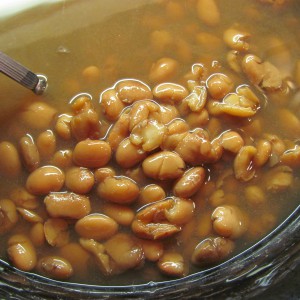
Initially, the product is boiled over low heat for 2 minutes. Then cover the pan with a lid and leave for 2 hours on the stove. After that, the beans are soaked in cold water, infused for 6 – 12 hours.
Regardless of the seed pretreatment method, the beans are washed with running water before cooking. After that, the swollen fruits are poured with cold liquid and boiled over low heat. For first courses, the boiling time for beans is – 10 – 20 minutes, for side dishes – 30 – 60 minutes. Beans, most often, bring to half-cooked (in a small volume of water), and then added to the broth or vegetable frying. Tomatoes, tomato paste, sauces are better placed in the dish at the end of cooking, as the acid increases the cooking time of the beans.
Normal beans are salted 10 minutes before cooking, and asparagus fruits – after boiling. So you save the color of the pods.
Remember, the cooking time of beans depends on its freshness. Therefore, when buying beans, pay attention to the date of packaging of raw materials.
Conclusion
Beans are a natural source of easily digestible protein, an excellent alternative to meat. It contains essential amino acids, vitamins, antioxidants, organic acids, micro and macro elements.
For the prevention of functional disorders, beans are included in the menu 2-3 times a week (100-150 grams each). In addition, beans – an “indispensable” product for people suffering from rheumatism, diabetes, intestinal disorders, pathologies of the bronchi, urinary tract dysfunctions, neurological diseases. Given that the “protein” plant has a low calorie content, it is successfully used in dietetic nutrition, especially in the fight against overweight. However, to get the maximum benefit from the product, before cooking it must be soaked for 6-8 hours in cold water.
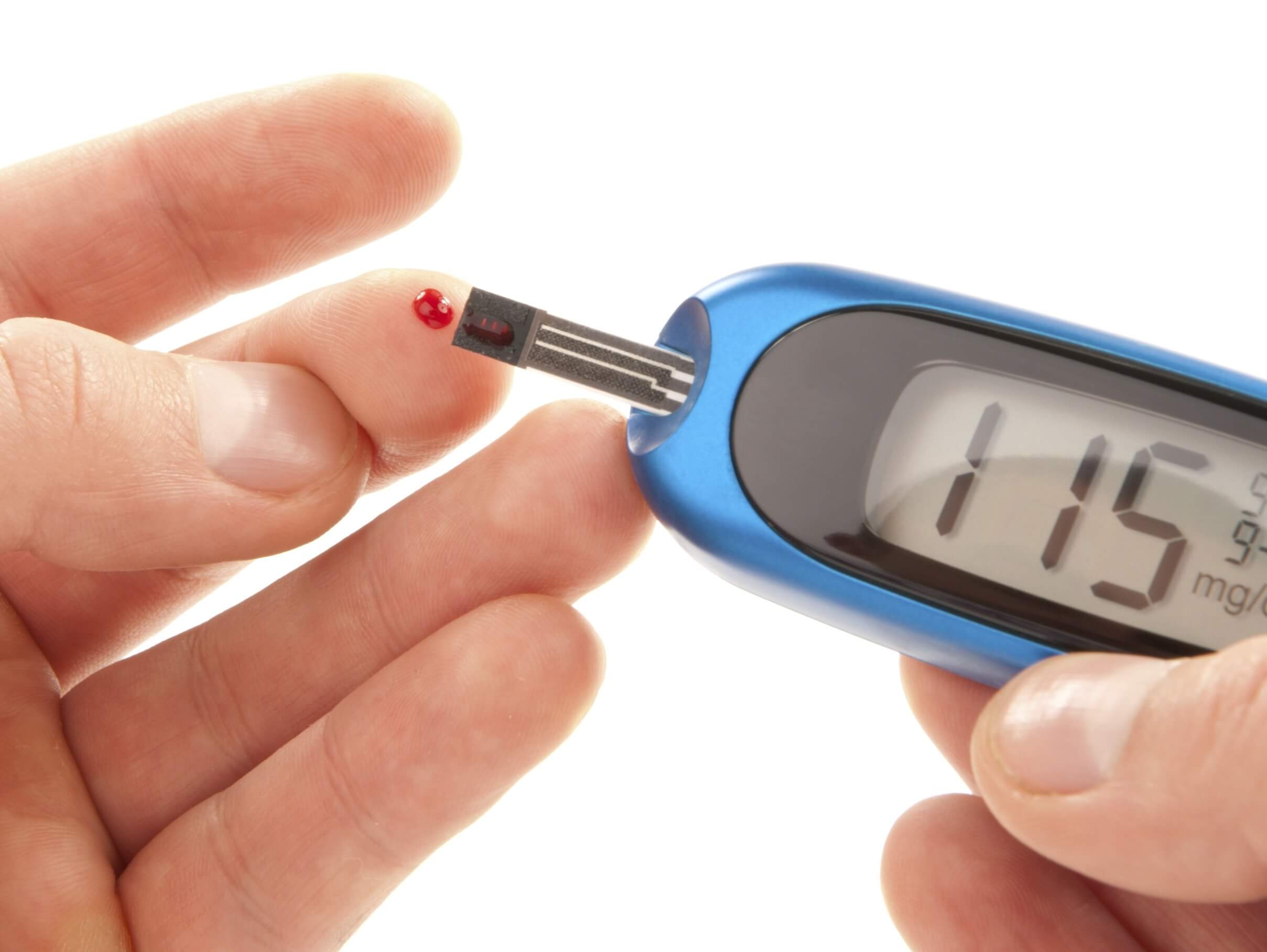 It reduces the increased concentration of sugar in the blood (due to the arginine content).
It reduces the increased concentration of sugar in the blood (due to the arginine content). What is useful bean masks?
What is useful bean masks?